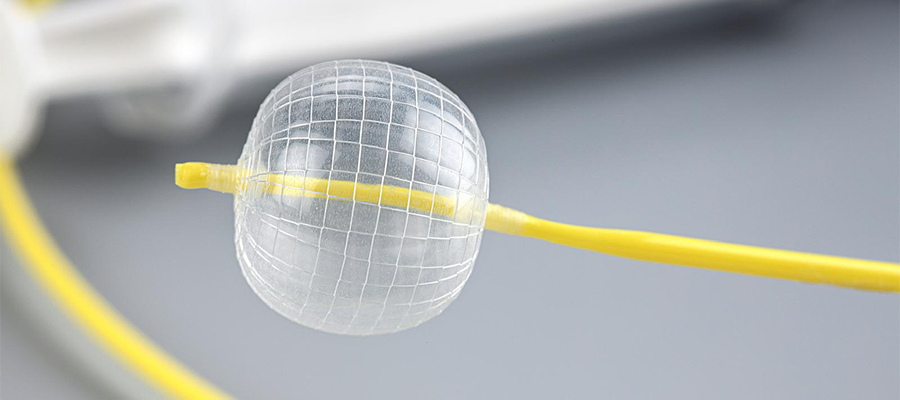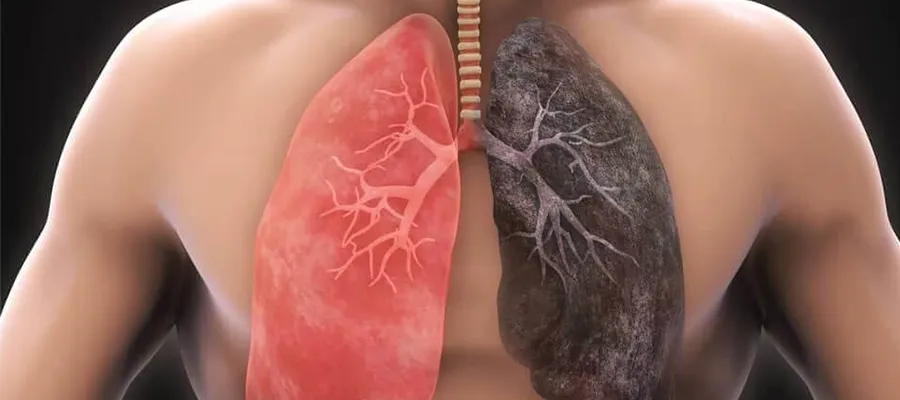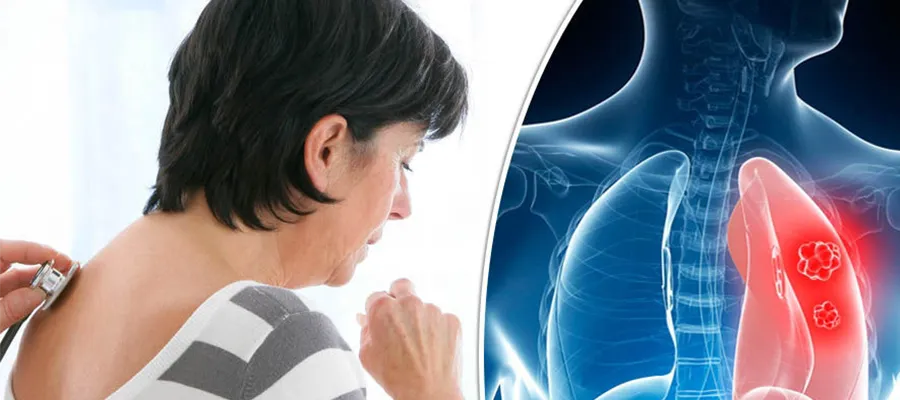COPD Balloon Treatment in Turkey
COPD balloon treatment in Turkey is a minimally invasive procedure that helps open narrowed airways to improve breathing. This treatment involves inserting a small balloon via bronchoscopy into blocked bronchial passages and inflating it to widen the airway. It’s especially beneficial for patients who don’t respond well to medication or are not candidates for surgery.
Turkey offers advanced facilities and experienced pulmonologists, making it a preferred destination for affordable COPD care. The procedure is usually outpatient and has a quick recovery time. Balloon treatment can significantly reduce shortness of breath and enhance quality of life. A doctor’s evaluation is essential to determine eligibility and plan treatment.
At what stage is COPD Balloon Treatment performed?
The question of when COPD balloon therapy is indicated frequently arises when patients experiencing respiratory distress are exploring treatment options. Chronic Obstructive Pulmonary Disease (COPD) is a progressive condition that significantly impacts a patient’s quality of life, especially in advanced stages. Balloon therapy is an innovative approach that has gained increasing attention in recent years and is used when conventional methods fail to provide satisfactory results. However, it’s important to note that this method isn’t suitable for every COPD patient; it’s planned based on specific criteria and the stage of the disease. The answer to the question of when COPD balloon therapy is indicated depends not only on the severity of the disease but also on the structural characteristics of the lungs.
The fundamental characteristic of COPD is that it causes permanent narrowing of the airways and irreversible damage to lung tissue. In emphysematous COPD, in particular, certain areas of the lung become excessively swollen, lose elasticity, and become unable to function. This puts pressure on healthy areas of the lung, reducing overall respiratory capacity. Endobronchial valve placement, also known as balloon therapy, aims to improve the patient’s breathing quality by addressing these dysfunctional areas.
Stages of COPD and Treatment Options
COPD is classified into four stages: mild, moderate, severe, and very severe. In the early stages, the disease is generally silent; although symptoms such as cough and phlegm may be present, it does not significantly impact daily life. In later stages, shortness of breath becomes more pronounced, and even climbing stairs or walking short distances becomes difficult. In the final stages, patients often experience difficulty breathing even at rest, and their quality of life is significantly impaired.
This is where balloon therapy comes into play. This method, typically used in patients with stage 3 and stage 4 COPD, is considered in cases that fail to achieve adequate improvement despite conventional treatments and are partially resistant to medication. However, not every advanced-stage COPD patient is a candidate for balloon therapy. The key criteria here are the extent of lung damage and the areas where this damage is concentrated.
At Which Stage Is Balloon Treatment More Effective?
Balloon therapy is most effective when COPD severely limits lung capacity but the patient’s overall condition is still suitable for intervention. This is typically seen in Stage 3 or Stage 4 COPD. During this stage, patients experience difficulty performing daily tasks, severe shortness of breath, and physical activity is restricted. In this scenario, it is possible to create more space for healthy lung areas by placing a valve.
However, a detail should be noted here: If all parts of the lung are equally affected in COPD—in other words, if there is a homogeneous pattern of emphysema—balloon therapy may not provide the expected benefit. This is because the fundamental principle of this method is to cover only the damaged area and allow other areas to function better. Therefore, the presence of heterogeneous, regional emphysema provides the most suitable basis for this treatment.
How to Determine Suitability for Balloon Treatment?
A respiratory test alone is not sufficient to determine the stage of treatment. Specialist physicians conduct a detailed evaluation during this process. Lung CT scans, examination of collateral airways, and detection of regional damage are the key factors determining the success of balloon therapy. Based on all this information, a decision is made regarding the patient’s suitability for this treatment.
Patients who have quit smoking, have no other comorbidities such as infections, and are in stable general health are particularly likely to benefit from balloon treatment. Furthermore, the patient’s psychological preparedness for the procedure and their ability to adapt to the post-procedure process are crucial for the success of the treatment.
When is COPD Balloon Treatment Not Applied?
While balloon surgery offers promise for many patients, it is not recommended in some cases. The procedure can be risky if there is extensive lung damage or comorbidities such as serious heart disease. Furthermore, this method may be ineffective in patients with active respiratory infections or lung structures that are anatomically unsuitable for valve placement.
Therefore, the decision-making process for balloon treatment is based not only on the stage of the disease but also on individual differences. This is a personalized treatment model, shaped by expert evaluation rather than a standardized protocol.
Pre- and Post-Implementation Process
Before balloon treatment, the patient’s respiratory capacity is measured in detail, lung CT scans are evaluated, and any infections are treated. Regular pre- and post-treatment checkups, consistent medication intake, and regular breathing exercises will enhance the effectiveness of the treatment.
Patients can generally be discharged the same day after the procedure. Shortness of breath decreases quickly in most patients, and their ability to perform daily activities improves significantly. However, for this improvement to be permanent, patients must adapt their lifestyle accordingly.
In Which Patients Does COPD Balloon Treatment Produce More Successful Results?
Patients who achieve successful results with this treatment generally have moderate-to-advanced COPD, are in good general health, and are able to adapt to the procedure. The benefits of valves are most pronounced in patients with more severe damage in one area of the lung and more functional in other areas.
In some patients, treatment not only reduces shortness of breath but also increases exercise capacity, increases walking distance, and provides psychological relief. This means this method can positively impact patients’ lives not only physiologically but also emotionally.
How Much Does COPD Balloon Treatment Cost?
The cost of balloon treatment can vary depending on the experience of the specialist performing the procedure, the number of valves used, the hospital’s technical infrastructure, and the patient’s needs. Additionally, imaging, testing, and follow-up procedures performed during the treatment process will also impact the price. Individuals seeking precise pricing information should request detailed information after an individualized evaluation. Contact us today to learn more about the stages of COPD balloon treatment.








